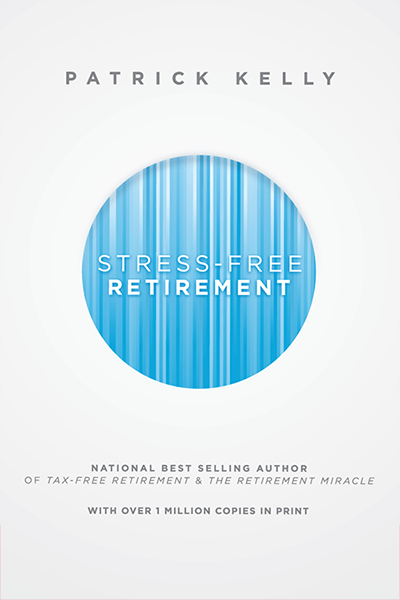The Market’s Recent Volatility
Wednesday, December 3, 2014 | Leave a comment
Over the past several weeks market volatility has captured many people’s attention, as daily market swings of greater than 400 points in the Dow Jones Industrial Average rattled investors. Market volatility of this kind is certainly not new, but we haven’t seen this type of volatility for over two years.
One of the metrics I refer to when identifying the extent the market is “spooked” is the CBOE Volatility Index, more commonly known as the “VIX” Index. This was developed to simply help measure how volatile the S&P 500 market is at any given point. As you can see in the chart below, recent volatility has been the highest since mid 2012; however, it trails significantly to periods in 2011, 2010, and especially 2008.
Market volatility can be caused by many sources. Often, when news or market related information becomes available that surprises or significantly differs from expectations, markets react and may become choppy.
As I look at the possible causes to recent volatility, there are a few categories we can likely rule out:
1. Strength of the US Economy. Although there are areas of the economy that need significant improvement, many economic indicators are improving and pointing in the right direction. Employment, retail sales, home construction, and GDP, to name a few, continue to act as resilient tailwinds. Another index I watch is the Recession Probability Analytics Index, by FormulaFolios. It helps measure the overall strength of the US economy. Currently, it has been signaling the economy is at its strongest point in years.
2. Company Earnings. The companies that make up the S&P 500 continue to report strong and growing earnings per share. It is currently earnings season, and it is estimated that this trend will continue as 3rd quarter earnings are reported, despite weakness in some US company earnings abroad. As earnings continue to grow, companies are better able to invest, pay dividends, and buy back their own stock.
An area that is less impressive is the recent news making headlines–Ebola, ISIS, etc. Positive or negative news each day has been having an immediate effect on the market. Another less favorable area is the weakness in Europe and other US trading partners. As more US companies receive a significant portion of their profits abroad, US companies feel the pinch.
But overall, tailwinds continue to be stronger than headwinds. Our portfolios continue to make automatic, academically smart allocation adjustments based on economic and market data.
Thanks for reading.
Nick






